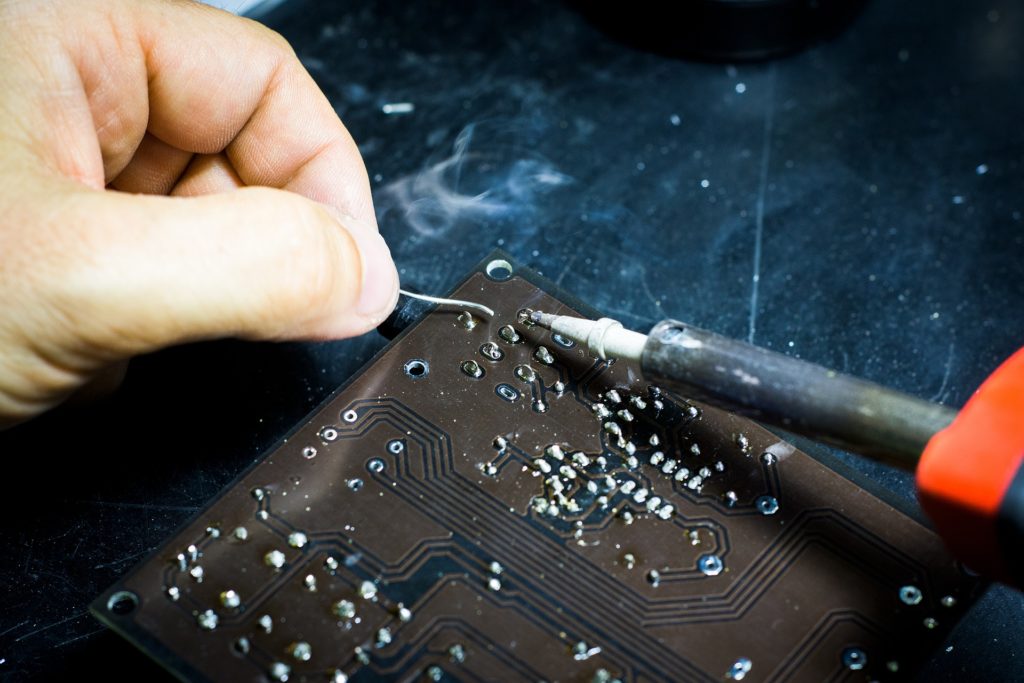The Importance of Rare Earth Elements in the Electronic Manufacturing Industry

Rare Earth Elements (REEs) are becoming more and more common in electronic applications of all kinds. As the demand for technology grows, we can expect the demand for REEs to rise accordingly. What exactly are REEs and why are they so important?
What Are Rare Earth Elements?
Rare Earth Elements are the fifteen elements with atomic numbers 57 to 71 in the Lanthanide Series in addition to Scandium and Yttrium.
The term “Rare Earth Element” is actually a bit of a misnomer. The truth is that most Rare Earth Elements are actually quite abundant in the environment. Cerium, the most abundant, is 15,000 times as prevalent as gold, and even the rarest, thulium, is over 100 times more prevalent.
The reason they are called “rare” is that we rarely find a clump of Rare Earth Elements all in one place, in contrast to gold or other elements. Instead, these elements are spread out across the Earth’s crust. Collecting a usable amount of material is not easy, hence the “rare” designation.
Why Do We Need REEs?
REEs are extremely important to electronic manufacturing because they have distinct electrochemical, magnetic and luminescent properties. These characteristics make them perfect for designing electronic components for everything from smartphones and medical devices to electric cars.
Some examples of REEs found in electronic applications include:
- Cerium: Found in magnets, catalytic converters and electrodes.
- Dysprosium: A highly magnetic element found in rare earth magnets, lasers and electric vehicles.
- Europium: Used in plasma TVs and computer monitors.
- Holmium: Found in microwave equipment.
- Scandium: Used to manufacture energy-efficient lamps, plasma televisions and many other consumer electronics.
- Thulium: Used in lasers and portable X-ray devices.
- Yttrium: Found in surgical supplies and lasers.
These applications only scratch the surface of how useful REEs are in electronic manufacturing.
Where Can We Get Rare Earth Elements?
The only option for securing Rare Earth Elements for electronic manufacturing is to mine them or buy them, both of which are expensive. Currently, they are found mostly in China, which accounts for 85 percent of REE production worldwide.
Like other elements, Rare Earth Elements are a limited resource. There is no way to make a greater amount of REEs than there currently is on Earth. The good news is that recycling efforts can go a long way toward providing the REEs that the industry needs. However, according to the Rare Earth Technology Alliance, less than one percent of the world’s Rare Earth Elements are recycled. There is a substantial opportunity to increase this amount.
Attempts are ongoing to ramp up REE reclamation, starting with recycling rare earth magnets. We can hope that these efforts will be successful and continue, giving us access to REEs until we can find a viable alternative.
What other manufacturing trends in REEs have you noticed? Comment below!